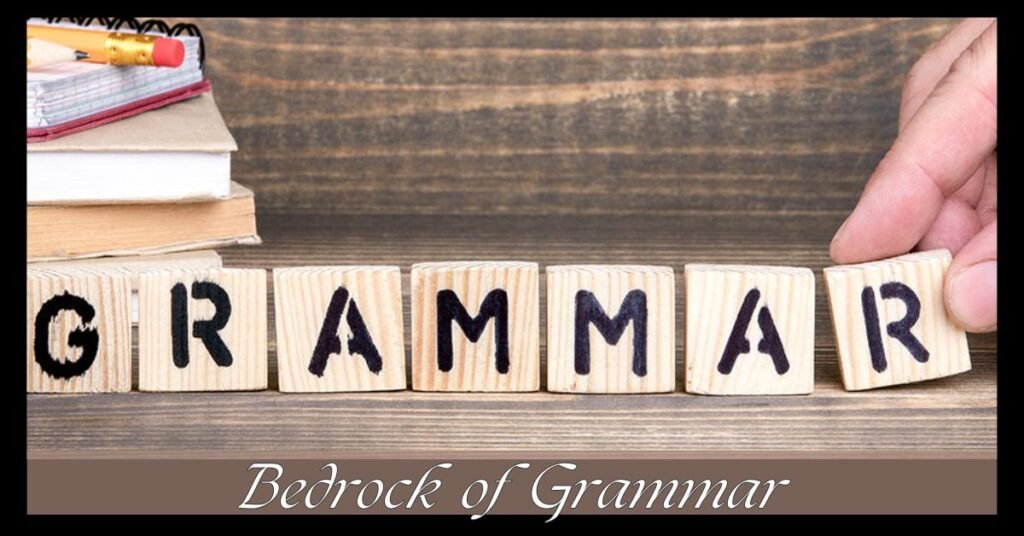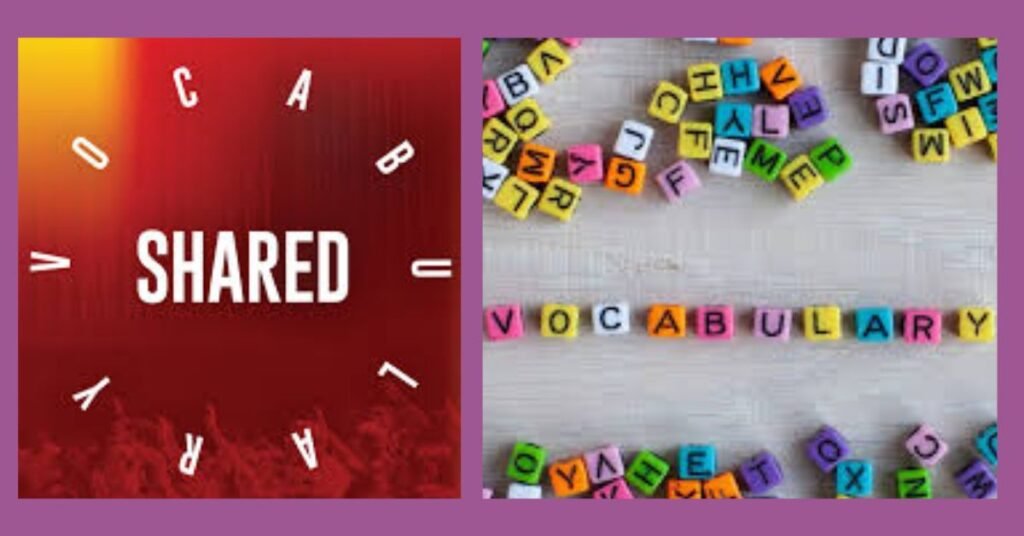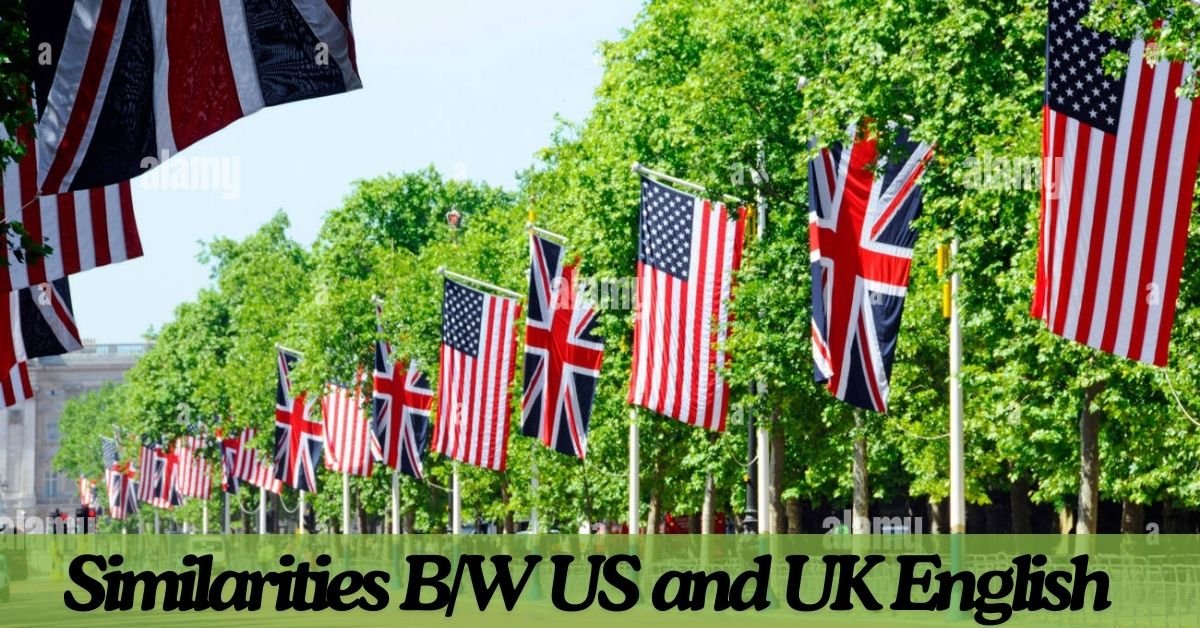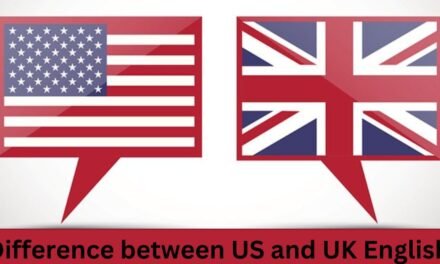Similarities B/W US and UK English
The English language, a majestic tapestry woven from centuries of evolution, boasts fascinating variations across the globe. Among these, US and UK English stand tall, often sparking curiosity about their similarities and differences. While playful jabs about “crisps” versus “potato chips” or “petrol” versus “gas” exist, the truth is, that these two dialects share a remarkable foundation. Let’s embark on a delightful journey to explore the many bridges that connect US and UK English, fostering a deeper appreciation for their shared strengths.

The Bedrock of Grammar: A Shared Structure
Imagine two magnificent buildings – one in New York, the other in London. While their architectural styles might differ, their core structures – the foundations, beams, and walls – ensure stability. Similarly, US and UK English share a fundamental grammatical framework. Sentence construction, with its subjects, verbs, objects, and modifiers, remains remarkably consistent. Both dialects adhere to the same verb tenses (past, present, future), utilize similar sentence structures (declarative, interrogative, imperative), and follow the same rules of subject-verb agreement. This shared grammatical core allows speakers of both dialects to effortlessly grasp the meaning conveyed, fostering clear communication across the Atlantic.

A Shared Vocabulary: Building Blocks of Understanding
Think of vocabulary as the bricks that build the walls of our linguistic structures. Thankfully, US and UK English share a vast majority of these bricks. Core words encompassing everyday concepts, emotions, actions, and objects find their place comfortably in both dialects. Words like “book,” “love,” “think,” “chair,” and countless others seamlessly bridge the gap. This extensive overlap allows for effortless communication on a fundamental level. Imagine reading a news article from either side of the pond – the core message would likely be readily understood by speakers of both dialects.

Phrases that Unite: Idioms and Proverbs
Language transcends mere words; it thrives on colorful expressions that paint vivid pictures. Here again, US and UK English find common ground. Numerous idioms and proverbs, those nuggets of wisdom passed down through generations, resonate across the Atlantic. Expressions like “a piece of cake,” “kick the bucket,” “curiosity killed the cat,” and “it’s raining cats and dogs” hold true in both dialects. These shared sayings add depth and humor to communication, creating a sense of camaraderie amongst speakers.
Literary Heritage: A Shared Legacy
The rich tapestry of English literature, from the lyrical verses of Shakespeare to the poignant prose of Jane Austen, serves as a common thread binding US and UK English. Both dialects celebrate the works of these literary giants, drawing inspiration from their masterful use of language. The shared literary heritage fosters a deeper appreciation for the nuances of the language, enriching the understanding of both US and UK English speakers.
Evolution in Progress: A Dynamic Language
While US and UK English share a strong foundation, both dialects are constantly evolving. New words emerge to reflect changing times, and slang terms add a touch of vibrancy to everyday communication. This dynamic nature, however, doesn’t diminish the core similarities. Even with the emergence of new words and phrases (think “soccer” versus “football”), the underlying grammatical structure and vast shared vocabulary ensure clear communication.
Beyond Similarities: Embracing the Nuances
Our exploration wouldn’t be complete without acknowledging the delightful nuances that distinguish US and UK English. Spelling variations (colour vs. color, centre vs. center) and vocabulary differences (lift vs. elevator, biscuit vs. cookie) add a touch of intrigue and showcase the unique cultural influences that shaped each dialect. Recognizing these differences allows for a more nuanced understanding of the language, enriching our overall appreciation for its richness.
Conclusion
In conclusion, US and UK English, while showcasing their own distinct flavors, are fundamentally united by a robust grammatical core, a vast shared vocabulary, and a vibrant literary heritage. This strong foundation fosters clear communication and allows speakers from both sides of the Atlantic to effortlessly connect. As we celebrate these similarities, let’s also embrace the delightful nuances that make each dialect unique. After all, it’s the rich tapestry woven from these similarities and differences that makes the English language so captivating and ever-evolving.

For more knowledge click the links given below! I have also written posts on Idioms for emotions, Idioms for jobs, Idioms for business, Idioms for relationships, Idioms for love, Idioms for fun, Idioms for education, Idioms for health, Idioms for success, Idioms for colors, Also posts on UK vs US English differences. American and British English Differences. You can just click and read these posts.









In this awesome pattern of things you get an A for effort and hard work. Where you confused everybody was first in the details. As as the maxim goes, the devil is in the details… And it couldn’t be more correct right here. Having said that, permit me reveal to you what exactly did work. Your text is actually pretty engaging which is probably the reason why I am making an effort to opine. I do not really make it a regular habit of doing that. Second, while I can certainly see a leaps in logic you make, I am not certain of just how you appear to connect the details which inturn produce your final result. For right now I will yield to your issue but trust in the foreseeable future you link your dots much better.
I do not even know the way I finished up right here, but I assumed this submit used to be great. I do not realize who you are however certainly you are going to a well-known blogger for those who are not already 😉 Cheers!
I believe this internet site contains some really good info for everyone. “The penalty of success is to be bored by the attentions of people who formerly snubbed you.” by Mary Wilson Little.
Good info. Lucky me I reach on your website by accident, I bookmarked it.
My spouse and I stumbled over here by a different page and thought I may as well check things out. I like what I see so now i’m following you. Look forward to looking over your web page again.